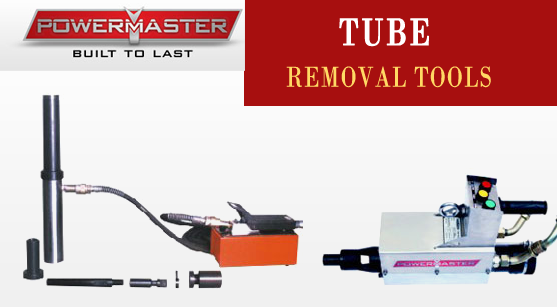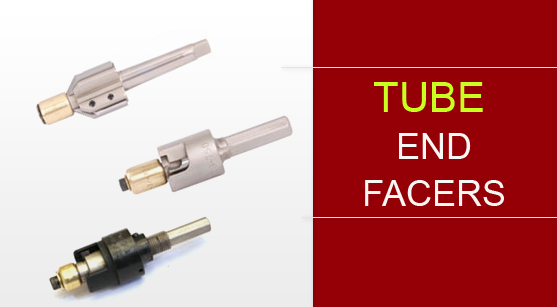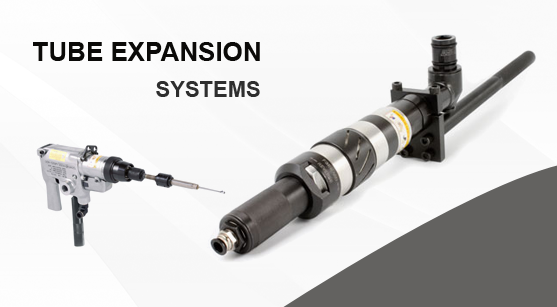How old are the tubes in your firm..? Irrespective of the regular cleaning and maintenance, the older tubes have to be replaced after prolonged usage. Have a check on the performance of the tubes regularly. If you sense something wrong with the tubes, then it’s a high time for you to replace the old corroded tubes with newer ones. Hold on….! Tube pulling is not that easy. It is quite important to employ the perfect tools on the perfect systems. The range of tools available for this purpose is vast. Here under a few popular tube removal tools are listed:
Auto Stub Puller:
• Ferrous and non-ferrous tubes from power plant equipment can be pulled off quickly.
• The operator’s effort is reduced.
• In a single operation, gripping and pulling can be accomplished.
• The tube ejects out automatically after removing it.
Continuous Hydraulic Tube Puller:
• The operation is quite easy and doesn’t require a high degree of skills for the operator.
• They are so widely used that, we can find these components in the majority of the stores.
• Depending upon the tube dimensions, the pulling guns have to be selected. They are interchangeable.
• This is a portable unit and is mounted on a four wheel trolley for easy locomotion in the work space.
• As the name suggests, we don’t have to supply any external power sources for this puller.
• A hand wrench is inserted into the tubes to carry out the pulling process.
• The design is simple and it can be operated with ease.
• The appropriate one has to be selected based on the size of the tubes to be removed.
A few other handy tools:
• It is going to be a tough task to pull out tubes from thick walls. A tube wall reducer is used to thin the walls.
• A tube drift is employed to knock the tubes out of tube sheets comfortably.
• To collapse the tube and force it out of the tube sheet, employ a collapsing tube.
Operation:
The procedure to pull out the tubes depends on the type of tubes, dimensions and most importantly, the tools which are being employed. Here under the sequence of operations to be performed to remove the tubes by using a continuous hydraulic tube puller is given:
• Impact wrench is used to thread the mandrel into the tube which is to be removed.
• The pulling gun is mounted onto the mandrel. Then, break down the expanded joint.
• Initiate the auto cycle and the tube gets removed.
• Finally, the mandrel has to be unscrewed.
One of the most primitive methods of tube pulling is to remove the tubes manually after crushing them. However, this method is tedious and consumes lot of time. Of late, the power driven systems as mentioned above have come into use. They have made the tube pulling quicker, safer and reliable. To increase the productivity of the firm, much more sophisticated tube pullers are being introduced with time.



